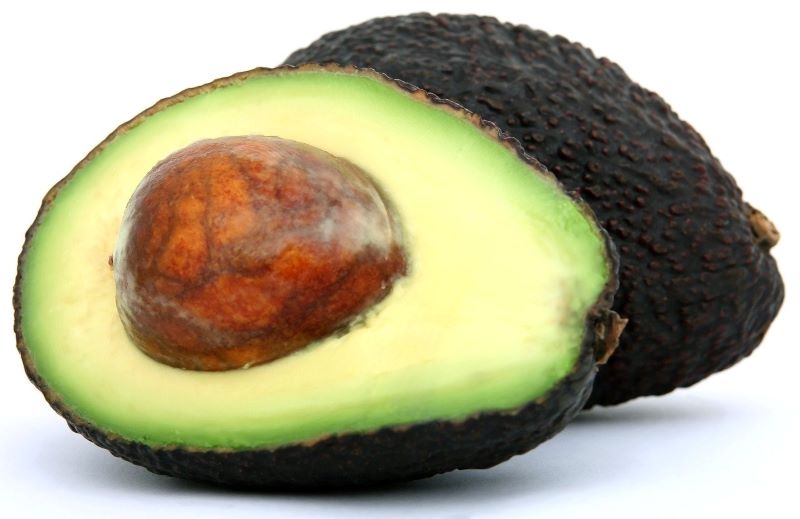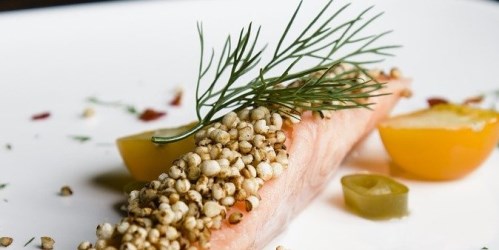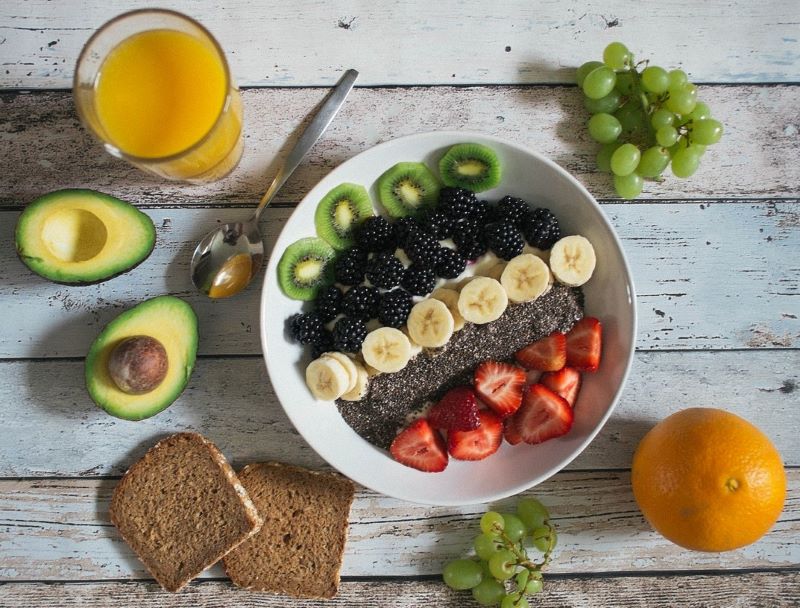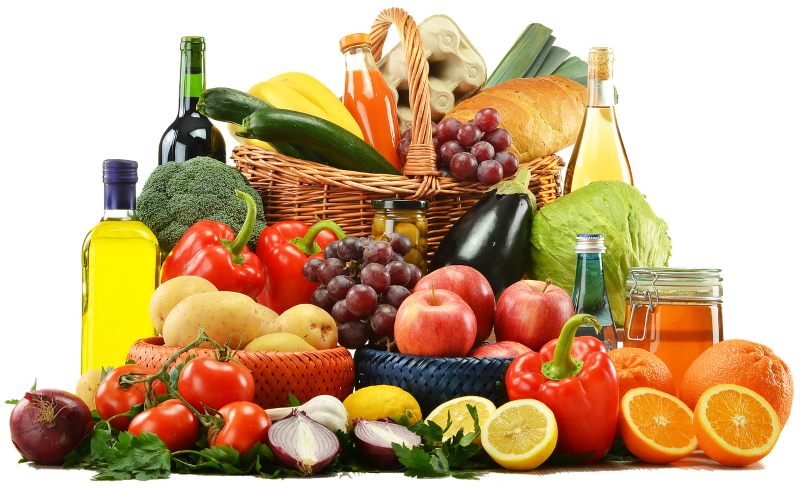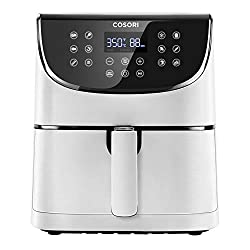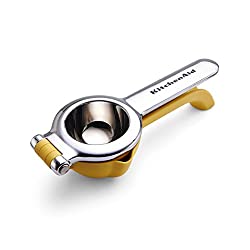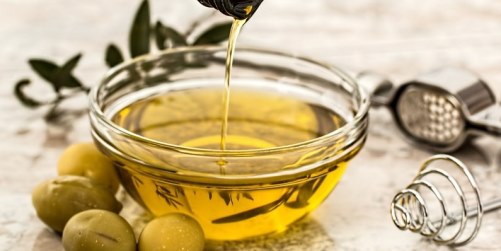WHAT IS QUINOA?
Quinoa is, without doubt, one of the healthiest foods on the planet. It is an ancient grain from the Andes mountains in South America.
Traditionally, quinoa was an important grain crop, grown extensively throughout the Peruvian Andes region for many centuries, as it was a staple healthy food for their indigenous people. Cooking quinoa was popular as it was very versatile food that could be cooked in many different ways.
Quinoa (pronounced keen-wah) is from the tall leafy Goosefoot flowering plant family, and is grown for its tiny nutrient-rich edible seeds. It’s for this reason that quinoa is technically a seed, not a grain, which it how it is often referred to, because it’s not gathered from a cereal grass like wheat, rye or oats.
Quinoa is a complete food in itself and comes in many different colours, such as white, black, red, and yellow, supplied either separately or mixed.
Gluten free quinoa can be eaten on its own as a complete meal, or easily mixed with many other delicious foods.
THE HEALTH BENEFITS OF QUINOA
1 QUINOA, A SUPERFOOD
Quinoa’s nutritional value has been well known over centuries and was grown widely as a healthy, sustainable food source that is now on the superfoods list.
Because Quinoa has a very high nutritional value, the health benefits of quinoa have become more recognised in recent years and quinoa dishes are growing rapidly in popularity. In fact, in the past 10 years, it has become hugely popular because of its versatility, not only in cooking but also as a replacement for gluten-based products.
Cooking quinoa is easy and there are so many different recipes for quinoa, as it’s very versatile and can be added to many regular dishes.
2 GLUTEN FREE QUINOA
Quinoa has recently been used as an alternative for wheat-based breads and pastas for those who are gluten intolerant.
Cooking quinoa makes the perfect food as an alternative to gluten, gluten-free products or refined foods such as breads and pastas which can cause so many health issues for those who have intolerances to wheat products.
The benefits of quinoa are that it can be a replacement to wheat for gluten-intolerant people.
Gluten-free quinoa is a natural whole food that’s not only rich in plant fibre and protein but hasn’t been altered in anyway. Cooking quinoa brings out the full health benefits of quinoa, without any of the side effects of other gluten or gluten-free products.
More and more people are looking for healthy options to wheat-based foods and gluten free quinoa is the complete healthy food alternative.
3 QUINOA NUTRITION
Quinoa is packed with nutrition, with all of the nine essential amino acids which the body transforms into protein. Your body needs to be fed these essential amino acids, through a healthy diet, as it cannot produce protein by itself.
This is where quinoa nutrition is so important if you wish to maintain a healthy diet. Gluten free quinoa is packed with essential rich nutrients such as fiber, iron, vitamins A and B, magnesium, calcium, and phosphorus, for premium health. It is a delicious alternative to rice and pasta.
Cooking quinoa is a quick and easy way to add lots of quinoa nutrition to your diet if your body is needing a boost.
Quinoa can be added, not only to salad dishes in summer but to good winter warming soups and all-in-one vegetable pot dishes can easily include quinoa for a nutrient boost during colder months. Eating quinoa not only helps increase a feeling of fullness but strengthens bone health, along with reducing blood sugar levels.
4 QUINOA PROTEIN HEALTHY BENEFITS
Quinoa is a powerhouse of protein because it contains all nine of the essential amino acids the body requires for optimum health and nutrition. It’s for this reason when you have a rich balanced diet with a good variety of other beneficial plant-based proteins, you have a complete quinoa protein meal.
This perfect quinoa seed is one of the best superfoods to include for all-round good health.
The benefits of quinoa are immense because it’s a complete protein food and can be added to so many other dishes very easily. The simple quinoa seed is seen as the perfect quinoa wellness food of the future.
Quinoa is a protein packed food and a very versatile dish for alternatives for rice, pasta etc.
Quinoa is one of the best superfoods to eat because it’s a complete protein food and is paired with other beneficial plant-based proteins.
5 QUINOA IS A VEGAN SUPER BOWL FOOD
Vegans enjoy quinoa as it’s a complete plant-based food, known as the vegan super bowl food, packed with all the essential amino acids the body needs.
The benefits of quinoa for vegans are that it’s a quinoa protein replacement for meat and other foods. Quinoa provides all the nutrients and nutrition vegans need for a healthy feeling of fullness. It can be eaten on its own or mixed with any other meal during the day.
6 QUINOA IS A HIGH FIBER FOOD
Fiber is necessary for good health. — inadequate fiber in your diet can lead to disease issues.
Good gut health relies on adequate different fibers to aid the digestive system.
The benefits of quinoa are that it’s the perfect replacement for pasta, breads, and rice-based foods. The carbs in quinoa are very beneficial to your health.
Quinoa is one of the important carb-based fibre foods that help feed good gut bacteria that strengthen the immune system, keeping the body healthy. The simple quinoa seed is not only high in fibre compared to other grains but helps promote good gut health which avoids many chronic diseases.
7 CARBS IN QUINOA
Cooking quinoa will provide a good source of carbohydrates. The carbs in quinoa have a relatively low Gi value ranking. Therefore, quinoa is likely to be digested more slowly and absorbed, giving a far slower rise in blood sugars and insulin levels than some other foods.
The low Gi rating is important because the carbs in quinoa gives the body that fuller feeling for a far longer period of time and this helps in controlling your appetite. Controlling your appetite is a major key benefit leading to longevity and good health.
8 COOKING QUINOA
COOKING QUINOA IS EASY.
The correct Quinoa-to-Water ratio
When cooking the perfect quinoa dish, it’s always best to pre-rinse the quinoa seeds in cold water to remove any saponins that may give a bitter taste. The most popular quinoa cooking ratio is 1 to 3… the quinoa is prepared, like rice, in a one-to-three ratio. The quinoa to water ratio is normally 1 cup of dry quinoa to 3 cups of water, depending on how dry or wet you want your quinoa to be.
HOW TO COOK THE PERFECT QUINOA
For the perfect quinoa, add the rinsed seeds to a saucepan with the required water and slowly bring to the boil. Reduce heat so the quinoa stays simmering for about 10 – 15 minutes, stirring while liquid reduces. The perfect quinoa should be light and fluffy, wet, or dry depending on how you like it. When cooked, stir with a fork, allow to cool, or simply add the quinoa to another dish.
When cooking quinoa, you can use water or stock, plus any number of your favourite herbs or spices, as well as garlic or onions for a delicious flavour.
Quinoa is so versatile… it can be eaten with breakfast cereals, added on top of a bowl of diced fruit salad, or added to soups, stews, salads or a simple quinoa dish can be eaten on its own.
9 QUINOA GOOD FOR WEIGHT LOSS.
Is quinoa good for weight loss?
Well, every healthy food needs to be eaten in moderation. Quinoa is similar to rice. Quinoa, eaten in small amounts, mixed with healthy salads, topped with a delicious piece of salmon, will make for a very healthy main meal.
A small portion of quinoa for your daily dose of carbs, protein and fiber mixed with a small portion of healthy green leafy vegetables would help give you a feeling of fullness with all the health benefits of quinoa.
Why is quinoa good for weight loss?
It’s because quinoa has a low carbohydrate GI value, therefore not only giving you that fullness feeling, but quinoa is more gradually absorbed and digested into the blood stream, providing less of a rise in blood sugar levels.
herefore, quinoa is viewed as a better food of choice for weight loss than other foods that may have a high GI value It’s always wise to check food labels and choose foods that have a lower GI level for weight loss.
RECIPES FOR QUINOA
There are many recipes for quinoa, however simply by adding quinoa to your regular dishes such as soups or stews, you will delight in the health benefits of quinoa.
1 ROASTED DICED VEGIE QUINOA DISH.
Roast diced red capsicum, sweet potato, carrots, parsnip, onion, and garlic for 30 mins til cooked and serve with a portion of cooked quinoa with salt and pepper to taste.
2 KALE, BEET AND EGG QUINOA DISH.
Cook kale, beetroot, and eggs separately and add to diced cucumber, cherry tomatoes, diced carrots. Toss together in a bowl and add salt and pepper to taste. Allow to cool and add to a generous amount of quinoa. Top dish a drizzle of extra virgin olive oil, a few walnuts, cashews, or pine nuts.
3 CHICKEN VEGIE SOUP WITH QUINOA.
Cook pieces of chicken, thighs or breast pieces, in a pot Add salt, pepper, onion and garlic and slowly cook until tender. Add 1 cup of rinsed quinoa and stir for about 5 to 8 minutes, then add diced carrot, red capsicums, corn, zucchini and 1 tin of diced tomatoes, plus any other vegetables you may have on hand. Cook while stirring quinoa for about another 5 minutes or until cooked. Gently break up chicken with a fork and serve soup hot with a topping of grated parmesan cheese.
Enjoy all the health benefits of quinoa nutrition!
Read more about Healthy Food










